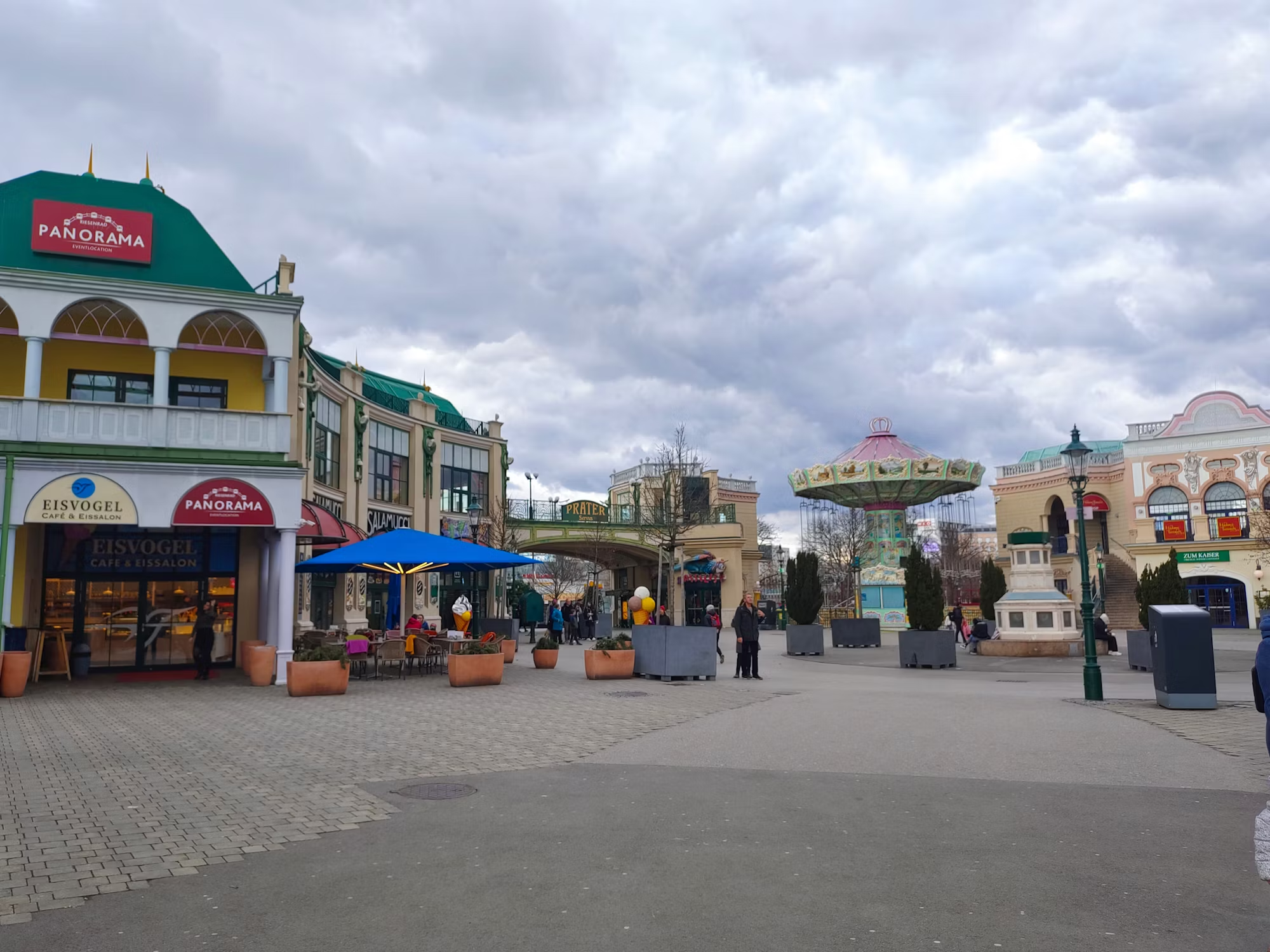In recent years, the fashion industry has witnessed a significant shift towards sustainability, as consumers become increasingly aware of the environmental and social impacts of their clothing choices. The rise of sustainable fashion is not just a fleeting trend; it represents a fundamental change in how we view clothing, consumption, and the planet. This article delves into the principles of sustainable fashion, its benefits, and actionable steps consumers can take to contribute to this growing movement.
Understanding Sustainable Fashion
Sustainable fashion encompasses a broad range of practices aimed at minimizing the negative impact of clothing production on the environment and society. It involves considerations of how garments are made, the materials used, and the treatment of workers throughout the supply chain. At its core, sustainable fashion promotes ethical production, waste reduction, and responsible consumption.
One of the main tenets of sustainable fashion is the use of eco-friendly materials. Traditional textile production often relies on harmful chemicals and processes that pollute the environment. In contrast, sustainable fashion favors organic cotton, linen, hemp, and innovative materials like Tencel and recycled fibers. These materials not only reduce environmental harm but often also have a lower carbon footprint compared to conventional fabrics.
Additionally, sustainable fashion emphasizes ethical labor practices. Many brands are now committed to fair wages, safe working conditions, and transparency within their supply chains. This focus on ethics ensures that workers are treated with respect and dignity, challenging the exploitative practices that have historically plagued the industry.
The Benefits of Sustainable Fashion
The benefits of embracing sustainable fashion extend beyond individual choices; they ripple through the industry and the planet. One of the most significant advantages is the reduction of waste. The fast fashion model, characterized by rapid production cycles and disposable clothing, contributes to staggering levels of textile waste. In contrast, sustainable fashion encourages consumers to invest in quality pieces that are designed to last, thereby reducing the overall amount of waste generated.
Moreover, sustainable fashion promotes a circular economy, where products are designed for longevity and can be repaired, reused, or recycled at the end of their life cycle. This approach not only conserves resources but also reduces the demand for new materials, ultimately decreasing the environmental footprint of fashion.
From a social perspective, sustainable fashion fosters community engagement and empowerment. Many brands are involved in local initiatives, supporting artisans and craftspeople while celebrating traditional skills and craftsmanship. This connection to local communities not only enhances the uniqueness of each garment but also creates a sense of pride and identity.
How Consumers Can Embrace Sustainable Fashion
Consumers play a pivotal role in the shift towards sustainable fashion. Here are practical steps individuals can take to contribute to a more eco-friendly wardrobe:
1. Educate Yourself: Knowledge is power. Take the time to learn about sustainable materials, ethical brands, and the environmental impact of fashion. By understanding the issues at stake, you can make informed choices when purchasing clothing.
2. Choose Quality Over Quantity: Instead of succumbing to the allure of fast fashion, focus on building a wardrobe of high-quality, timeless pieces that you truly love. Investing in durable clothing not only saves money in the long run but also reduces waste.
3. Shop Secondhand: Thrifting and shopping at consignment stores can significantly reduce the demand for new clothing production. Secondhand shopping not only helps extend the life of garments but also uncovers unique finds that reflect your personal style.
4. Support Ethical Brands: When making new purchases, prioritize brands that prioritize sustainability and ethical practices. Look for certifications, such as Fair Trade or GOTS (Global Organic Textile Standard), which indicate a commitment to responsible production.
5. Practice Mindful Consumption: Before making a purchase, ask yourself if you truly need the item and how it fits into your lifestyle. This practice of mindful consumption can help curb impulse buys and encourage a more thoughtful approach to shopping.
6. Care for Your Clothing: Extend the life of your garments by following proper care instructions. Washing clothes in cold water, air-drying, and repairing small damages can significantly reduce the need for replacements.
7. Participate in Clothing Swaps: Organizing or joining clothing swaps with friends or local communities can be a fun way to refresh your wardrobe without purchasing new items. This practice encourages sharing and promotes a sense of community.
8. Recycle or Donate Unwanted Clothing: When it’s time to part with clothing, consider recycling or donating it instead of throwing it away. Many brands offer take-back programs, and local charities often welcome donations, ensuring that your clothes can find new homes.
The Future of Sustainable Fashion
The future of sustainable fashion looks promising as more brands, consumers, and organizations prioritize ethical and eco-friendly practices. Innovation is at the forefront of this movement, with new technologies emerging to create sustainable alternatives. For example, advancements in textile recycling, biodegradable materials, and low-impact dyeing processes are paving the way for a more sustainable industry.
Moreover, consumer demand for transparency and accountability is driving brands to be more forthcoming about their practices. With social media amplifying voices that advocate for sustainability, consumers have the power to hold brands accountable and influence their decisions.
As sustainability continues to gain momentum, collaboration within the industry will be crucial. Partnerships between brands, designers, and environmental organizations can foster innovative solutions that address the complex challenges of the fashion industry. By working together, stakeholders can drive meaningful change and create a more sustainable future for fashion.
Conclusion
Sustainable fashion is more than just a trend; it represents a collective shift towards a more conscious and responsible approach to clothing. By understanding the principles of sustainable fashion and taking actionable steps, consumers can contribute to a more eco-friendly industry that values ethics and environmental stewardship. As we embrace this movement, we have the opportunity to redefine our relationship with clothing and make a positive impact on the world around us, one mindful choice at a time.








